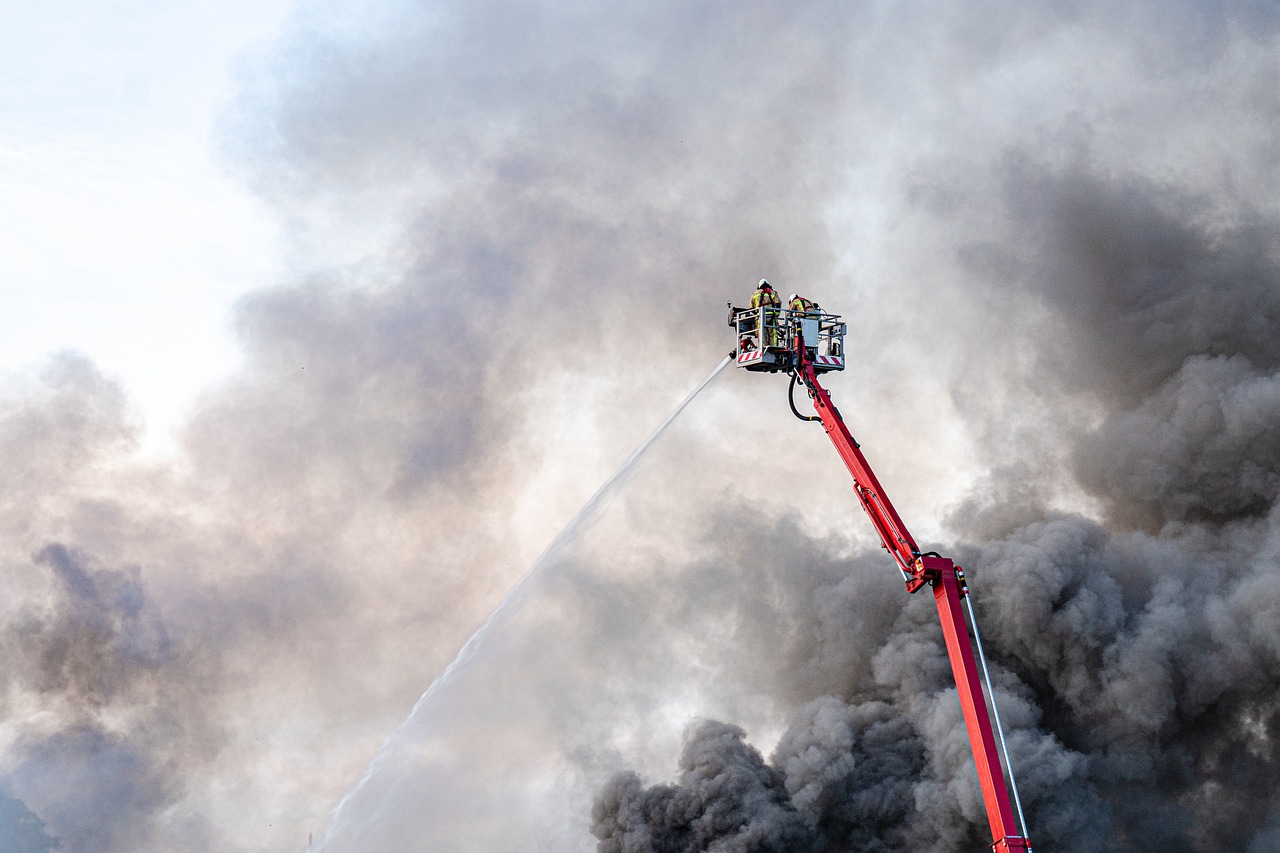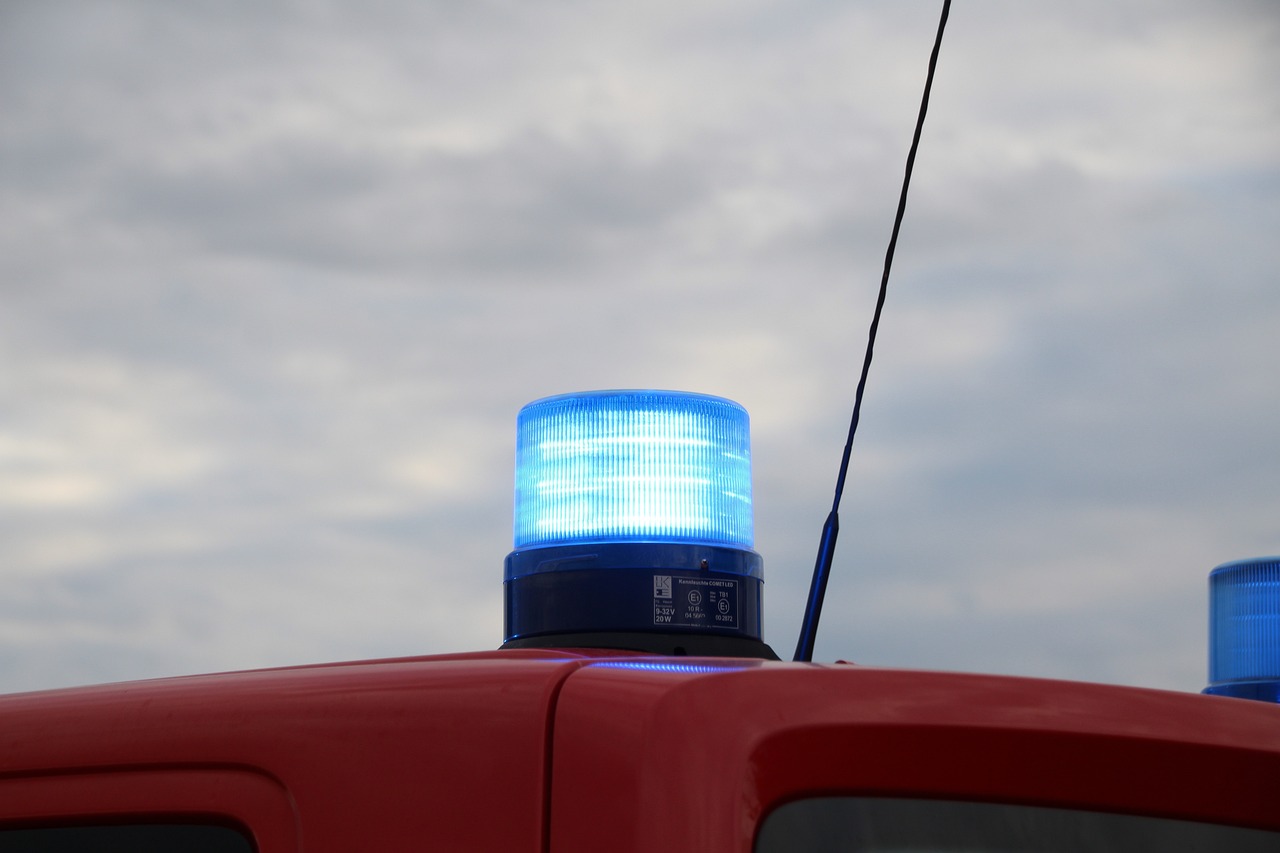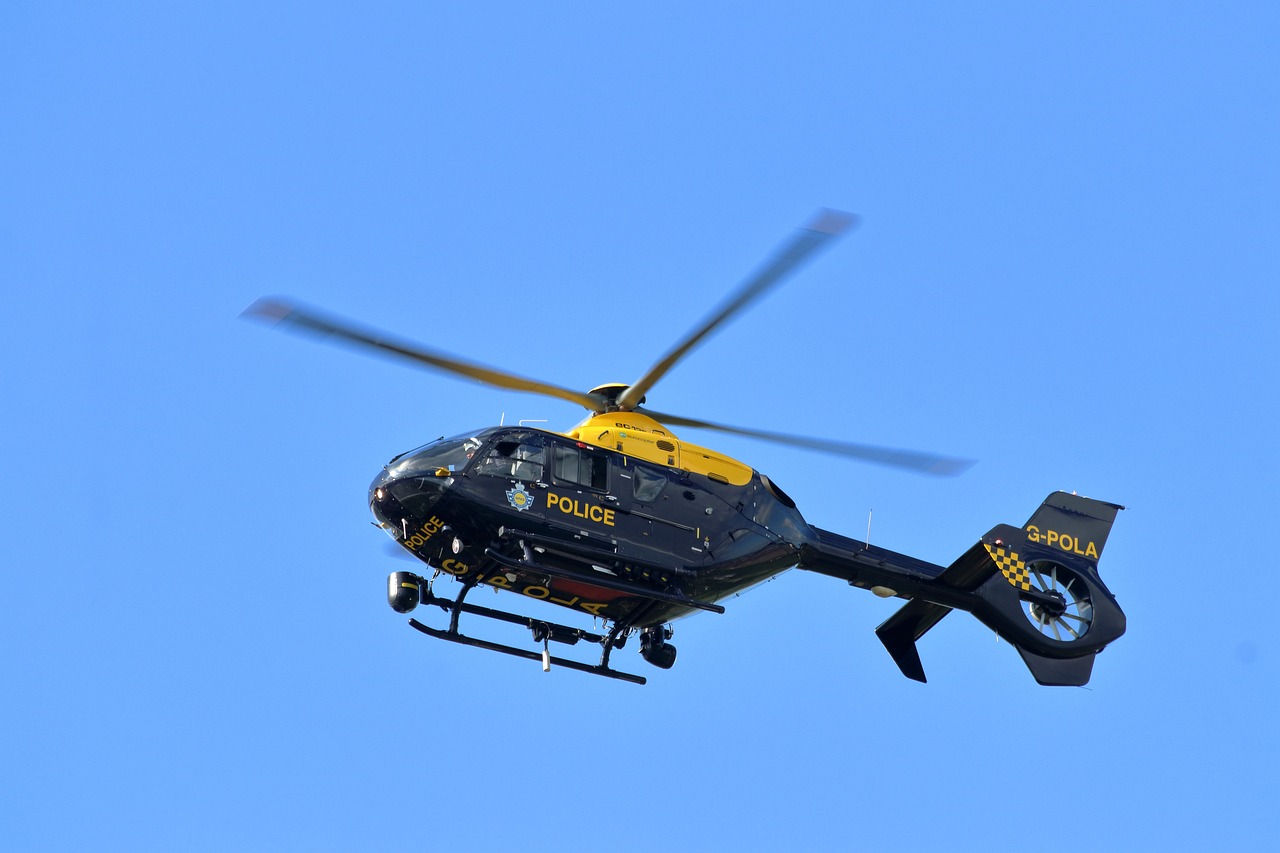Emergency Tree Cutting Services: When and How to Act Quickly
Emergency tree cutting services are vital when trees pose an immediate danger to people, structures, or vehicles. Quick action is essential to prevent accidents and property damage. If a tree is leaning dangerously, has fallen, or shows signs of severe damage, contacting professionals immediately can mitigate risks.
When severe weather strikes, such as storms or heavy winds, the stability of trees can be compromised. Trees may uproot, break, or even topple over, creating hazardous situations. In these scenarios, knowing when to call for emergency tree cutting services is crucial. It is important to recognize the situations that require immediate intervention and how to effectively handle them.

Understanding the Need for Emergency Tree Services
Emergency tree cutting services are designed to respond promptly to situations where trees threaten safety. This includes not only fallen trees but also those that are leaning precariously or have damaged limbs. The following factors often necessitate urgent tree removal:
- Storm Damage: High winds, lightning strikes, and heavy snowfall can lead to significant tree damage.
- Structural Threats: Trees close to homes or power lines can pose serious hazards if they begin to fall.
- Pest Infestation: Infestations can weaken trees, making them more susceptible to breaking.
- Diseased Trees: Trees suffering from diseases may become unstable and need to be removed.
The urgency of tree cutting can vary. Some scenarios require immediate action while others may allow for a brief delay to assess the situation. Understanding these differences can help homeowners make informed decisions.
Signs That Require Immediate Action

Being aware of specific signs that indicate a tree needs immediate attention can save lives and protect property. Here are key indicators that you should watch for:
- Cracks or Splits: Look for visible cracks in the trunk or major limbs.
- Leaning Trees: A tree that has shifted from its vertical position may be unstable.
- Exposed Roots: Uprooted trees or those with visible roots can signal danger.
- Dead or Dying Branches: Large branches that are dead may fall unexpectedly.
The Process of Emergency Tree Cutting

When a tree poses a threat and needs to be removed quickly, it is essential to follow a structured process. This ensures safety for everyone involved. Here is a general outline of the emergency tree cutting process:
- Assessment: A professional will evaluate the situation, determining the best approach to remove the tree safely.
- Planning: The team will plan the removal process, considering nearby structures and potential hazards.
- Execution: Using specialized equipment, trained professionals will carry out the cutting while ensuring safety protocols are followed.
- Cleanup: After removal, the area will be cleared of debris, ensuring your property is safe and tidy.
This methodical approach not only minimizes risks but also ensures that the job is completed efficiently. Homeowners should never attempt to cut down a dangerous tree themselves unless they are trained professionals.
Choosing the Right Emergency Tree Cutting Service
Selecting an appropriate service provider is crucial in emergency situations. Here are some factors to consider when choosing an emergency tree cutting service:
- Experience: Choose a company with a proven track record in handling emergency situations.
- Insurance: Verify that the service provider has liability insurance to protect against any accidents.
- Response Time: Look for companies that offer 24/7 services to ensure quick response during emergencies.
- Equipment: Ensure they use modern tools and techniques for safe and effective tree removal.
The right emergency tree cutting service can significantly reduce risks associated with dangerous trees, providing peace of mind in stressful situations. Being prepared and informed will help you act swiftly when emergencies arise.
Understanding the Costs of Emergency Tree Cutting Services
When considering emergency tree cutting services, it’s important to understand the associated costs. Prices can vary significantly based on several factors. Being informed about these elements will help you budget effectively if you find yourself in need of these services.
Factors Influencing Costs
Several factors can influence the overall cost of emergency tree cutting services. Here are some key aspects to consider:
- Tree Size: Larger trees require more time and effort to remove, which can increase costs.
- Location: Trees located in hard-to-reach areas or near structures can incur additional charges due to the complexity of removal.
- Extent of Damage: If a tree is severely damaged, it may require more specialized equipment and labor for safe removal.
- Time of Service: Emergency services outside of regular business hours may come with higher fees.
Understanding these factors can help prepare you for the financial aspects of emergency tree cutting. It is advisable to obtain quotes from multiple service providers to ensure you receive a fair price for the work required.
The Importance of Safety in Tree Cutting
Safety is paramount when dealing with emergency tree removal. Both homeowners and professionals must prioritize safety to prevent injuries and accidents. Here are key safety considerations:
Personal Safety Measures
If you are ever in a situation where emergency tree services are needed, keep the following safety measures in mind:
- Maintain Distance: Always keep a safe distance from the tree being cut, as branches can fall unpredictably.
- Wear Protective Gear: If you are assisting professionals, ensure you wear appropriate gear such as helmets and gloves.
- Stay Alert: Be aware of your surroundings and listen to instructions from the professionals on site.
Professional Safety Protocols
Professional tree cutting services follow strict safety protocols to protect both their workers and property. These may include:
- Site Evaluation: A thorough assessment of the area to identify hazards before starting work.
- Use of Equipment: Properly maintained tools and machinery designed for safe tree removal.
- Communication: Clear communication among team members during the cutting process to ensure coordination.
By adhering to safety protocols, professionals minimize risks associated with tree cutting, ensuring a safer environment for everyone involved.
Emergency Tree Cutting Techniques
Emergency tree cutting requires specific techniques to ensure effective and safe removal. Professionals are trained in various methods that depend on the circumstances surrounding each case. Here are some common techniques used in emergency situations:
Cuts and Techniques
The following cutting techniques are often employed by professionals during emergencies:
- Felling Cuts: This technique involves making strategic cuts at the base of the tree to allow it to fall in a controlled manner.
- Limiting Cuts: Cutting off branches before felling can reduce weight and control how the tree falls.
- Crown Reduction: In some cases, reducing the height and spread of a tree’s crown can prevent further damage before complete removal.
Equipment Used
The choice of equipment is crucial for effective tree cutting. Common tools include:
- Saws: Chainsaws are typically used for larger trees, while handsaws may suffice for smaller limbs.
- Cranes: In complicated scenarios, cranes can be used to safely lift heavy branches or entire trees away from structures.
- Chippers: After cutting, chippers are often used to reduce branches into mulch for easier disposal.
The use of proper techniques and equipment ensures that trees can be removed safely, minimizing risks to both workers and property. Professionals assess each situation uniquely to determine the most effective approach for tree removal during emergencies.

Aftercare Following Tree Removal
Once a tree has been successfully removed, several aftercare steps should be considered to maintain the health of your landscape and ensure safety. Here are key aftercare practices:
- Stump Removal: Consider having the stump ground down or removed entirely to prevent tripping hazards and allow for new growth.
- Site Cleanup: Ensure that all debris is cleared from the area to prevent accidents and maintain a tidy appearance.
- Soil Health: After removal, assess soil quality and consider replanting or adding nutrients as necessary.
Caring for your landscape post-removal is essential for maintaining its health and aesthetics. By addressing these aftercare steps, you can promote a safe and appealing outdoor environment.
Preventive Measures to Avoid Emergencies
While emergency tree cutting services are essential during crises, taking preventive measures can significantly reduce the likelihood of needing these services in the first place. Proactive care and regular maintenance of trees can help ensure their health and stability.
Regular Tree Inspections
Conducting routine inspections of your trees is crucial in identifying potential hazards. Regular assessments can catch problems before they escalate. Here are some tips for effective tree inspections:
- Visual Checks: Look for signs of damage, such as cracks, dead branches, or leaning trunks.
- Fungal Growth: Keep an eye out for unusual fungi on the trunk or roots, which may indicate disease.
- Root Stability: Examine roots for exposure or decay, which could compromise the tree’s stability.
Performing these checks at least twice a year can help you stay ahead of potential issues and maintain healthy trees.
Proper Pruning Techniques
Regular pruning is vital to maintaining the health and safety of trees. Proper pruning encourages healthy growth and prevents hazards. Here are some guidelines to follow:
- Remove Dead or Weak Branches: Eliminate branches that are dead or show signs of weakness to prevent them from falling unexpectedly.
- Maintain Shape: Prune to maintain a balanced shape, which helps trees withstand strong winds.
- Timing: The best time to prune is during the tree’s dormant season in late winter or early spring.
By adhering to proper pruning techniques, you can enhance the aesthetics of your landscape while reducing the risk of tree-related emergencies.
Choosing the Right Trees for Your Landscape
Selecting appropriate tree species for your landscape can have a significant impact on their resilience and safety. Here are some factors to consider when choosing trees:
Local Climate and Soil Conditions
Understanding your local climate and soil type is critical in selecting trees that will thrive. Trees suited for your environment are more likely to remain healthy and stable. Consider the following:
- Drought Resistance: Choose species that are adapted to local rainfall patterns to reduce stress during dry spells.
- Soil Type: Different trees have varying soil preferences; ensure the selected species matches your soil conditions.
- Wind Resistance: Opt for trees with strong root systems and flexible branches to better withstand high winds.
Growth Habits and Maintenance Needs
Additionally, consider how the growth habits of certain species will impact your property over time. Look for trees with manageable growth patterns:
- Size at Maturity: Select trees that will not outgrow their space or interfere with structures or power lines.
- Pest Resistance: Choose species known for their resistance to common pests in your area.
- Maintenance Requirements: Some trees require more upkeep than others; choose those that fit your maintenance preferences.
Selecting the right trees will not only enhance the beauty of your property but also reduce the likelihood of needing emergency services due to tree failures.
Community Resources and Education
Accessing community resources and educational programs can provide homeowners with valuable knowledge about tree care and maintenance. Here are some avenues to explore:
Local Extension Services
Your local agricultural extension office often provides resources on tree care, pest management, and landscaping. These services may offer:
- Workshops: Educational workshops on pruning, planting, and caring for trees.
- Consultations: Professional advice tailored to your specific landscape needs.
- Printed Materials: Guides and pamphlets covering various aspects of tree health and maintenance.
Community Tree Programs
Many communities have tree programs aimed at enhancing urban forestry. These programs may include:
- Tree Planting Initiatives: Opportunities to get involved in planting trees in public spaces.
- Volunteer Programs: Engage in volunteer efforts that focus on maintaining community greenery.
- Aerial Workshops: Hands-on training sessions about tree care practices for residents.
Participating in community resources can enhance your understanding of tree care while fostering a sense of community responsibility toward maintaining a healthy environment.
Emergency Tree Cutting and Environmental Considerations
In addition to safety and practicality, emergency tree cutting services also have environmental implications. Understanding these factors is essential for responsible tree management. When trees are removed, it is crucial to consider the impact on the local ecosystem.
Impacts of Tree Removal
Removing trees can lead to several environmental consequences, and awareness of these is necessary for making informed decisions:
- Habitat Loss: Trees provide essential habitats for various wildlife species. Removing a tree can disrupt the lives of birds, insects, and other animals that rely on it for shelter and food.
- Soil Erosion: Tree roots play a vital role in stabilizing soil. When trees are cut down, the risk of soil erosion increases, potentially leading to land degradation.
- Carbon Sequestration: Trees absorb carbon dioxide, helping to mitigate climate change. Their removal can contribute to an increase in atmospheric CO2 levels.
For these reasons, it is essential to consider alternative solutions, such as tree trimming or rehabilitation, whenever possible before deciding on removal.
Restoration Efforts After Tree Removal
After a tree has been removed, engaging in restoration efforts can help mitigate negative impacts. Here are some effective practices:
- Replanting: Planting new trees can restore balance to the ecosystem. Choose native species that thrive in your area and support local wildlife.
- Soil Restoration: Improving soil health through amendments can help promote new plant growth. This can involve adding organic matter or nutrients to enrich the soil.
- Mulching: Applying mulch around new plantings helps retain moisture and suppress weeds, creating a favorable environment for growth.
These restoration practices can enhance biodiversity and contribute to a healthier local environment following tree removal.
Final Thoughts
Emergency tree cutting services play a critical role in ensuring safety and protecting property during tree-related crises. Understanding when and how to act quickly is essential for homeowners. The information provided in this article highlights the importance of recognizing hazardous tree conditions, selecting qualified professionals, and prioritizing safety.
Additionally, preventive measures such as regular inspections, proper pruning, and community involvement can significantly reduce the likelihood of emergencies arising from tree issues. By staying informed and proactive, homeowners can maintain healthy trees and landscapes while minimizing risks.
Lastly, considering the environmental impacts of tree removal encourages responsible management practices that benefit both property owners and their surrounding ecosystems. Engaging in restoration efforts after tree removal not only helps restore balance but also fosters a commitment to sustainability within the community.
In conclusion, being prepared for emergencies related to trees equips homeowners with the knowledge and resources needed to act effectively. By understanding the full scope of emergency tree cutting services, including costs, techniques, and environmental considerations, individuals can navigate these situations confidently and responsibly.
